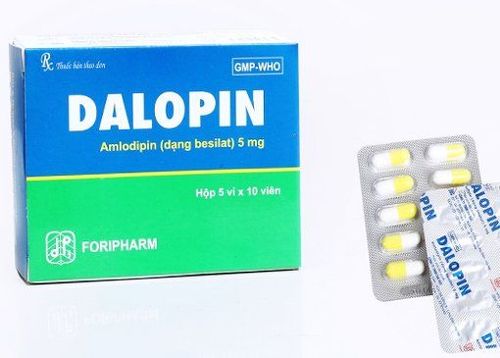This is an automatically translated article.
The article was professionally consulted by Specialist Doctor II Nguyen Quoc Viet - Department of Medical Examination & Internal Medicine - Vinmec Danang International General Hospital. The doctor has more than 20 years of experience in the examination and treatment of cardiovascular diseases and Interventional Cardiology.Stable angina, also known as stable (chronic) coronary artery disease, is the absence of unsettled episodes of chest pain within the last few weeks. Clinical manifestations of the disease are usually stable, the pain is brief and occurs with exertion. When resting will help and respond well to nitrates. Usually stable angina is often associated with stability of the atherosclerotic plaque.
1. Clinical symptoms of stable real chest pain
The site of pain is usually an area behind the sternum, which can spread to the neck, shoulders, hands, jaw, epigastrium and back. The most common case is to spread to the left shoulder and then to the inside of the left hand.Circumstances of occurrence of the disease when exertion, strong emotions, overeating or smoking. The pain may last for a few minutes but not more than 30 minutes.
Performing a physical examination is very important to detect cardiovascular risk factors or factors.
2. Diagnostic tests
2.1. Electrocardiogram at rest Screening method in coronary artery disease, electrocardiogram during pain can detect changes in T wave and ST segment (negative T wave, ST segment depression).2.2. Methods of physical exertion Methods are only performed in specialized cardiology facilities with fully modern medical equipment.
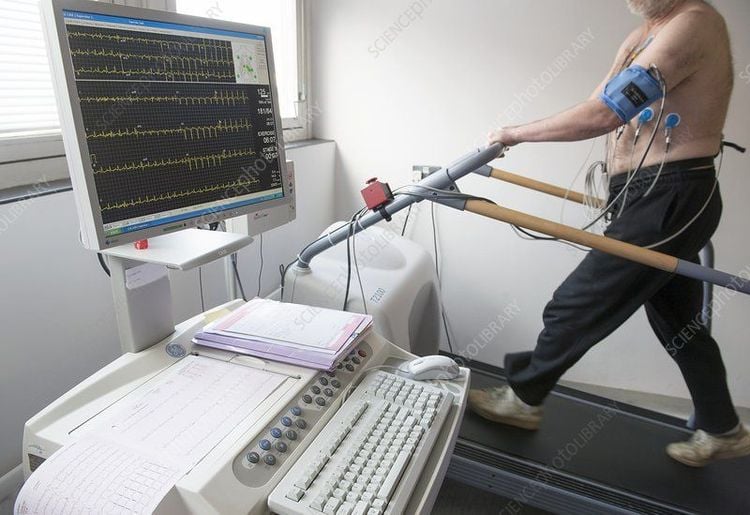
Assess patient's risk of coronary heart disease Predicts safe level of physical activity for patient Stress ECG does not predict coronary artery stenosis, does not Identify the ischemic myocardium.
Radiation measurement of myocardial perfusion
2.3. Routine echocardiography Identify regional movement disorders if present Assess cardiac function, heart valve disease, pericardium, myocardium,... 2.4. Holter Electrocardiogram Detects the onset of ischemic heart disease or silent ischemic heart disease. During coronary spasm, ST-segment elevation can be seen, in addition, some other arrhythmias can be detected.
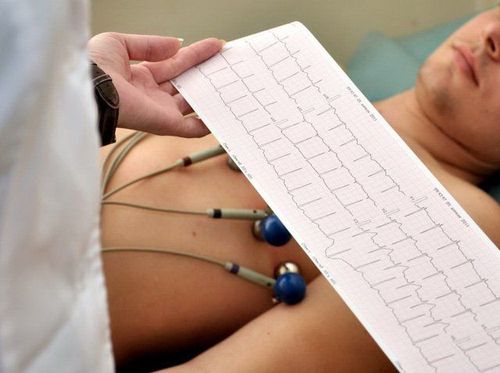
3. Treatment of stable angina
Treatment of stable angina helps the body not to have dangerous complications, helping to improve the quality of life. Usually there are 3 treatment methods: using drugs, coronary intervention, surgery to make coronary artery bypass.Medical treatments
3.1. Antiplatelet drugs Aspirin: The dose is from 75 to 325 mg/day.
If you are allergic or poorly tolerated by Aspirin, you can use:
Ticlopidine (Ticlid): 250mg tablets, use 2 tablets / day. Possible side effects such as leukopenia (3-5%), thrombocytopenia. It is necessary to monitor the blood count during use. Clopidogrel (Plavix): 75mg tablet, highly effective and less side effects than Ticlid, dose 75mg/day.

Patients with dyslipidemia who have a history of angina or myocardial infarction. The following patient underwent coronary artery bypass grafting. Drug classes:
HMG-CoA inhibitors: Simvastatin (Zocor), Atorvastatin (Lipitor), Rosuvastatin (crestor)... have been shown to be very good in preventing coronary artery disease.. Fibrate derivatives: like Gemfibrozil (Lopid), Fenofibrate (Lipanthyl), Benzafibrate (Banzalip). Nicotinic acid (Niacin). Types of bile acid-binding resins: Colestipol, Cholestyramine. 3.3. Nitrates . Derivatives
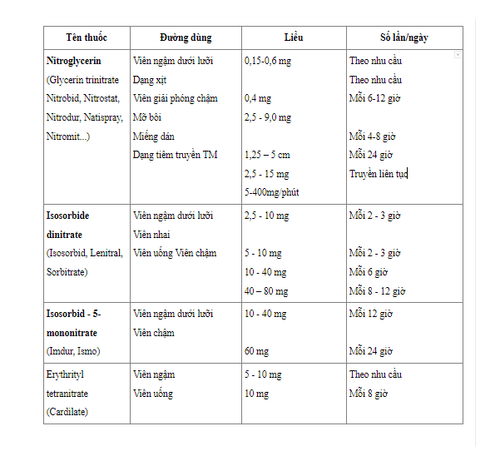
Nitroglycerin (Glycerin trinitrate, Nitrobid, Nitrostat, Nitrodur, Natispray, Nitromit...), Isosorbide dinitrate (Isosorbid, Lenitral, Sorbitrate), Isosorbid - 5-
Mononitrate (Imdur, Ismo)
3.4. Metoprolol sympathomimetic drugs (Betaloc): 50-200 mg/day. Atenolol (Tenormin): 25-200 mg/day. Acebutolol (Sectral): 200 - 600 mg Betaxolol: 20 - 40 mg/day Propanolol (Inderal): 40 - 320 mg/day Nadolol, Timolol, Pindolol Labetalol, Carvedilol 3.5. Calcium channel blockers Drug classes:
Dihydropyridines: (Nifedipine, Amlordipine, Felodipine, Isradipine); little effect on coronary artery disease. Nifedipine and Amlordipine may be used in some cases, especially in the presence of hypertension and associated constriction factors. Benzothiazepines: Diltiazem (Tildiem) 30-90 mg x 3 times/day. Do not use in patients with reduced left ventricular contractile function, bradycardia. Phenylalkylamine: Verapamil (Isoptine): 120 - 240 mg x 2 times/day. May decrease left ventricular contractility and slow heart rate. Do not use this medicine in patients with heart failure.
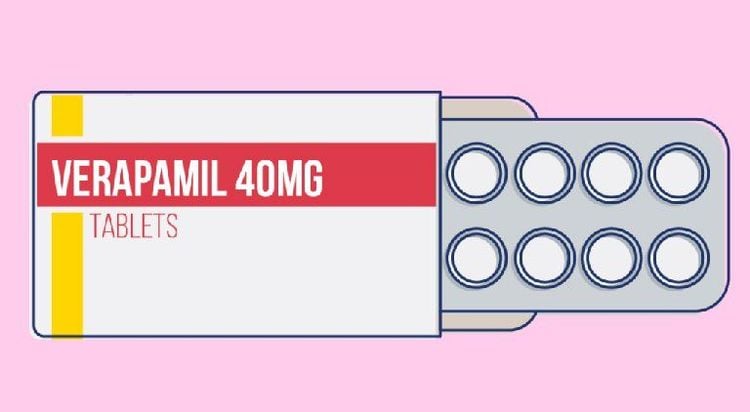
3.7. Treatment Hormone replacement Currently commonly used is Estrogen, dose 0.625 mg / day, taken for 25 consecutive days, 5 days off. Free radical scavengers: Vitamin E 400-800 units/day may reduce some cardiovascular events. However, studies have not yet agreed on its true benefit in coronary artery disease. 3.8. Interventional treatment of coronary arteries Applicable in facilities with interventional cardiology, methods include: balloon angioplasty, stent placement in coronary arteries, planing of atherosclerotic plaque with orientation of drilling atheroma. ...
3.9. Surgery to make coronary artery bridge Applied in facilities with heart surgery center. Indicated for stenosis of multiple coronary artery disease (eg, 3 coronary artery disease), common trunk injury, complex lesion unsuitable for intervention but the distal segment is still good...

Please dial HOTLINE for more information or register for an appointment HERE. Download MyVinmec app to make appointments faster and to manage your bookings easily.








